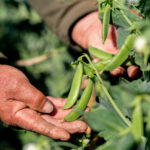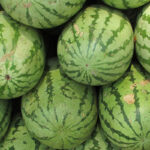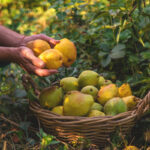Ancient Aztec farming technique could aid urban ag, study finds

An ancient Aztec farming technique could provide unique solutions to sustainable urban agriculture, finds a new study.
Roland Ebel of the Sustainable Food Systems Program at Montana State University wanted to test the extent to which an ancient Aztec "chinampas" could meet the needs of horticulture in our current society.
What he found was that the pre-Columbian farming method linked to high population density has numerous benefits.
Chinampas are raised fields that float on freshwater lakes. Imagine an island of crops surrounded by canals and ditches.
They provide fresh produce for megacities such as Mexico City and “are conceivable around many of today’s exploding urban areas”.
To make the areas, canals are dug and displaced land is mounded onto platforms.
Commonly called floating gardens, the chinampa system is still practiced in surburban areas in Xochimilco, Mexico.
Irrigation needs of the farming technique are low and productivity is extremely high, the study said.
This is because water rises into plant roots, reducing irrigation demand. Rotations of the land allow up to seven harvests in a year.
Benefits of ancient Aztec farming technique
Specifically, Ebel discovered that chinampas could provide a series of desirable ecosystem services. Among them include water filtration, regulation of water level and microclimate regulation.
Other benefits include greenhouse gas sequestration and increased biodiversity. Not to mention that it's highly sustainable.
Surprisingly, today's chinampas make more money through tourism than by horticultural production. The study cites the "recreational" benefits of the system as well.
Relevance to today's farming needs
Research also says that a revitalization of chinampas is feasible. Aztec farming's minimal use of resources is compatible with goals of urban agricultural development.
Ebel supports the integration of the system into modern megacities with freshwater.
"Today, many cities face very similar challenges as Mexico City did 700 years ago, a rapidly growing population, and less and less arable land available for food production", he states.
"Highly intensive production systems with low resource demand are, therefore, a strategic goal of urban agriculture developers. Thus, while most strategists emphasize high-tech solutions such as complex vertical farms, I think it is worthwhile to learn from the achievements of our ancestors," Ebel adds.














































